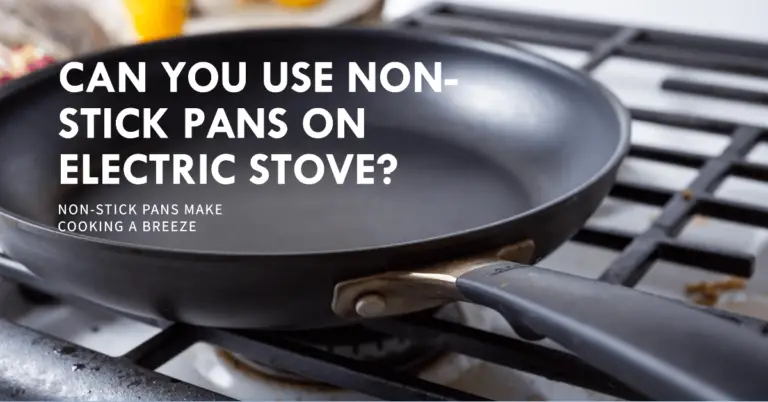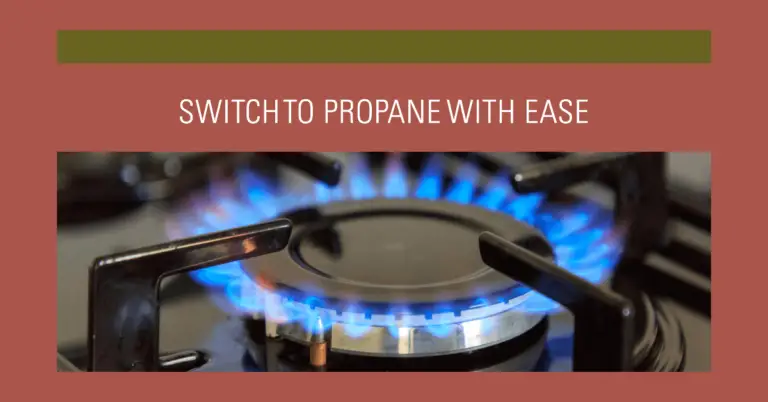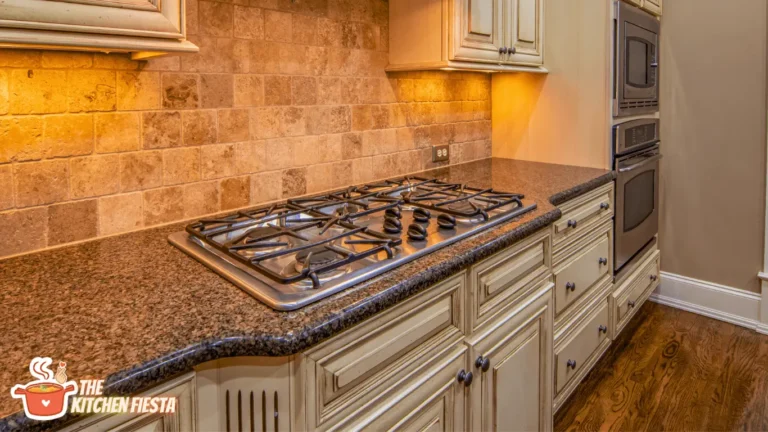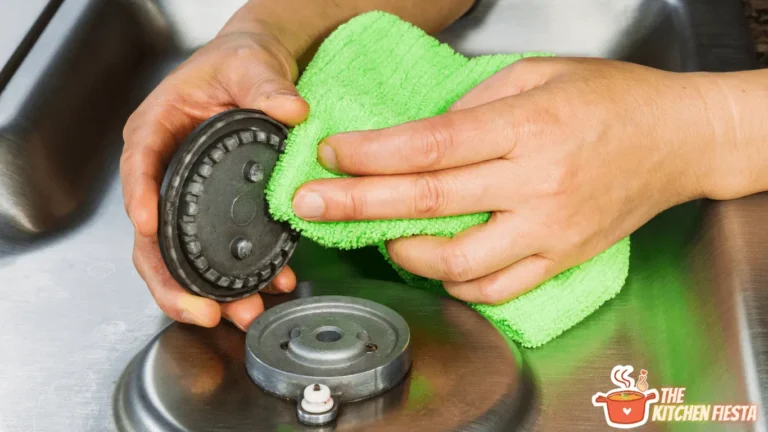Are Electric Stove Burners and Oven Not Working? Here’s What You Need to Know
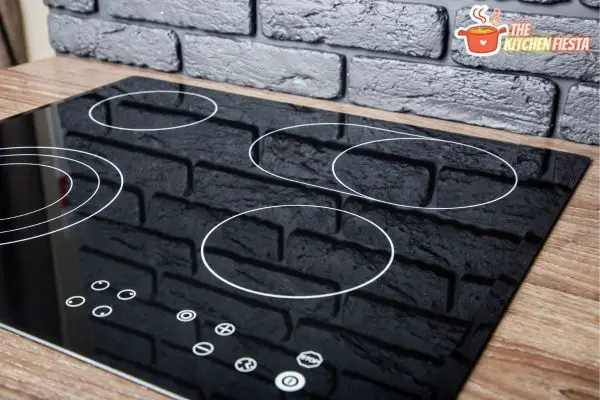
Have you ever gone to preheat your oven or turn on a burner on your electric stove, only to find that it doesn’t turn on? Having an appliance unexpectedly stop working can be inconvenient at best, and at worst, prevent you from being able to cook meals for your family. If you find yourself wondering, “Why are my electric stove’s burners and oven not working?”, this guide can help you troubleshoot the issue.
The most common reasons for electric stove burners and ovens to stop functioning properly are faulty heating elements, loose wiring connections, broken thermostats or selector switches, and failed control boards. With some basic DIY troubleshooting and repairs, you can often get your burners heating and oven baking again without the need to call an appliance repair technician.
In this comprehensive guide, we’ll cover:
- Common causes of electric stove burners and ovens not working
- Steps to diagnose and fix malfunctioning burners and ovens yourself
- When it’s time to call in a professional appliance repair technician
- Signs that it’s time to replace your faulty electric range
- What to consider when buying a new electric stove
If your burners have stopped heating, your oven won’t reach the proper baking temperature, or you notice other problems with your electric stove’s performance, this guide can help you get cooking again in no time. Let’s start troubleshooting!
Why Did My Electric Stove Suddenly Stop Working Properly?
Electric stoves utilize both standard electrical circuits as well as heating components to be able to cook foods. Like any appliance, with repeated use over time, parts can fail or connections can come loose resulting in a burner or oven that no longer functions.
Some of the most common reasons an electric stove burner or oven stops heating include:
- Burner coils or oven heating elements wearing out or burning out after extended use. These electric heating components have a limited lifespan.
- Faulty surface burner switches, oven thermostats, or selector switches making electrical contact intermittent or stopping completely.
- Loose wire connections either at the burners, heating elements, or on the stove’s control board. Vibration and repeated heating/cooling cycles can loosen connections over time.
- Failure of the electronic control board that controls the stove functions and delivers electricity to the components. These can fail from power surges or internal issues.
- Defective power cords or outlets that power the electric stove resulting in no electricity reaching the stove’s key components.
Knowing what might cause your electric stove problems guides you in how to start troubleshooting the issues. Next, we’ll cover how to diagnose malfunctioning burners step-by-step.
Troubleshooting Electric Stove Burners That Won’t Heat Up
If one or more of your electric coil burners won’t heat up when you turn the control knob to a hot setting, there are several parts of the burner that could be faulty. Here is how to troubleshoot an electric stove burner that won’t get hot:
Visually Inspect the Burner
The first step is to take a close look at the burner that is not working. Turn the corresponding control knob to high. Watch closely to see if the burner coil starts to glow at all when powered on.
If the coil doesn’t glow, the problem is likely with the coil itself, the terminals that provide power to the coil, or the wiring connecting them. You’ll need to investigate further.
If the coil does glow, but doesn’t get hot, the issue could be with the switch or receptacle underneath the burner.
Check for Continuity Through the Burner Coil
Using a multimeter, you can check for electrical continuity through the burner coil to see if electricity is making it through. Set your multimeter to the continuity setting and touch the probes to the two burner coil terminals.
If the multimeter beeps, that means the electrical current can pass through the coil, and it should be heating up. The problem lies elsewhere.
If you don’t hear a beep, then the coil itself has likely failed and needs replacement. Over time, coils can wear out or burn through.
Inspect the Burner Receptacle and Terminals
The burner coil gets its electricity from the terminals and receptacle it sits on. Loose connections here or a faulty receptacle can prevent power from reaching the coil.
Take the burner coil off and inspect both receptacle and terminals for any signs of burning, pitting, breakage, or looseness. If needed, clean the contacts with electrical contact cleaner or fine grit sandpaper to remove any oxidation. Tighten any loose terminal connections too.
If the receptacle itself is cracked or heavily worn, the entire burner receptacle may need replacing.
Check the Wiring to the Burner
Make sure all wiring under the cooktop leading to the burner coil is intact and securely connected. Loose wiring leading to the burner can interrupt the flow of electricity.
If you find any damaged or loose connections, you’ll need to remove the cooktop to be able to access and repair the wiring properly. Consult your appliance repair manual for model-specific repair instructions.
Replace the Surface Burner Switch
The surface burner switch delivers power to the burner coil when turned on. You’ll need to remove the cooktop and access the underside of the switch. Use a multimeter to check for continuity through the switch when it is toggled on. If the switch tests faulty, replace it with an identical new switch.
With these troubleshooting steps, you should be able to determine why your electric stove burner isn’t heating and make the necessary repairs yourself. Next, let’s look at troubleshooting burner issues.
Troubleshooting When the Oven in Your Electric Stove Stops Heating Up
It’s frustrating when you go to bake something and discover your electric oven isn’t heating up to the temperature you set it for. There are several components that work together to heat up an electric oven, and failure in any part can make your oven not heat properly.
Here are the most common reasons an electric oven stops working:
- Faulty heating elements – Electric ovens have bake and broil heating elements which can burn out or break after heavy use over time. This will prevent the oven from reaching set temperatures.
- Broken oven thermostat – This part controls oven temperature. If it malfunctions, the oven won’t heat correctly.
- Bad oven selector switch – This dictates which heating element is powered on. Failure here can stop the bake or broil element from working.
- Failed oven control board – The electronic control board controls all oven components and circuits. If it’s faulty, the oven can stop heating entirely.
Let’s go through the steps to diagnose which part is causing your electric oven problems:
Check the Bake and Broil Heating Elements
When your oven won’t heat up, the first place to start is testing the bake and broil heating elements themselves. These are located at the bottom and top of the oven.
Turn the oven to bake setting and feel if the bottom element gets hot. Do the same for the broil setting and the top element. If they don’t heat up, the problem lies with one or both heating elements. They likely need to be replaced.
Test the Oven Thermostat
This important oven component senses temperature and signals for the heating elements to turn on when needed. To check it, you’ll need a multimeter.
With the oven off, remove the thermostat and disconnect it from the wiring. Set multimeter to ohms setting. Touch probes between the thermostat electrical contacts. If you don’t get a reading or the reading is way off from what it should be, replace the faulty thermostat.
Inspect the Oven Selector Switch
Like a control knob, the oven selector switch routes electricity to the proper heating element – either for bake or broil.
With a multi-meter, check for continuity between the incoming power contacts and the bake/broil element contacts as you turn the switch between settings. If it is misdirecting power or not conducting properly, the selector switch needs replacing.
Look for Loose or Burnt Wires
Inspect all wiring leading to the heating elements and other oven components. Corroded, loose, or burnt wires anywhere can cause electrical issues making the oven not start. Clean or replace any faulty wiring as needed.
Check the Control Board
The oven control board coordinates all the oven functions and delivers power where needed. If you’ve checked all other components and the oven still won’t work, the control board is likely at fault. Replacing this involves disassembling much of the oven and proper wiring – best left to a professional appliance repair technician.
Testing all the above oven parts methodically should reveal what is causing your electric oven to not heat correctly. With the right replacement part, you can get your oven working again.
When Do You Need to Call an Appliance Repair Expert?
While many electric stove and oven issues you can diagnose yourself, there are certain repairs that are best left to a trained appliance repair technician:
- If you can’t isolate the cause of the problem after troubleshooting, an expert may be needed to properly diagnose the issue. They have specialized tools and expertise to pinpoint hard-to-find failures.
- For complex repairs like replacing oven control boards or touchpad assemblies, the intricate disassembly and wiring often requires a professional level skill.
- If the stove or oven needs major disassembly or modifications to wiring or gas supply lines to fix, you likely need an expert repair technician for those jobs.
- Older vintage stoves may require hard-to-find replacement parts. A technician is more likely to have access to those to get your vintage appliance working again.
- For liability reasons, repairs involving gas lines, gas valve replacement, or conversions between gas and electric ranges should always be left to qualified pros.
Pay attention if your stove is showing any signs of gas leaks, electrical shorting or sparking, or other major safety issues. It’s best to refrain from using the appliance and call for service immediately to avoid hazards.
Signs It’s Time to Replace Your Electric Stove
While most electric stove issues are repairable, if your appliance is very old or problems are recurring, that’s a clue it may be time to replace the stove rather than sink more money into repairs.
Here are signs to look for:
- Multiple burners are failing, coils cracking, or heating unevenly even after replacement. The cooktop may be simply worn out.
- The oven starts failing to heat properly more frequently even after fixing heating elements, thermostat, etc. Age could be the culprit.
- You experience repeated failure of the control board and other electronics. At a certain point, replacement parts become unavailable for obsolete appliances.
- There are signs of major gas or electrical wiring degradation that may be too involved or costly to properly fix.
- Your appliance is over 10-15 years old. The average lifespan of an electric stove is 15 years, so age alone may indicate it’s time for a new one.
- You have difficulty finding replacement parts for your older electric stove model. As manufacturers discontinue parts, repair options dwindle.
- You need features not available on your old range like convection baking, a self-cleaning oven, smooth stovetop, or more modern styling.
If your stove is requiring frequent repairs, replacement parts are hard to source, or a new range offers upgrades you desire, buying a new electric stove is likely your best option.
What to Look for in a New Electric Stove Purchase
When shopping for a replacement electric stove/range, keep these key considerations in mind:
- Coil burners tend to be less expensive and easier to clean than glass/ceramic smooth tops which can scratch but provide a sleeker look.
- Extra features like convection ovens, rapid preheat, warming drawers, etc. add functionality but also cost. Decide what’s most useful to your cooking needs.
- Measure your existing cut-out space carefully including depth which are not always standard. Make sure your new stove will fit your existing kitchen setup.
- Prices for electric ranges run $500-2,500 with more expensive pro-style models reaching $4,000+. Set a firm budget and look for best value.
- Brand reliability from quality manufacturers like GE, Whirlpool, Samsung, etc. who offer good warranties can provide peace of mind with your investment.
Don’t feel rushed into replacing your stove if repairs will extend its life at a reasonable cost. But once problems persist, investing in a shiny new range can be exciting!
Get Cooking Again!
Being without a properly working stove is difficult for any home cook. But armed with some DIY troubleshooting tips, you can often get your electric stove burners and oven working again without waiting for appliance repair help.
Key actions include:
- Visually inspect coils and connections for any damage.
- Use a multimeter to check for continuity in coils, switches and thermostat.
- Replace any visibly damaged wiring or faulty components like heating elements, switches or thermostats.
When the problem exceeds your repair abilities, seek professional appliance repair assistance. And if your electric range is aging and repairs are compounding, it might be time to replace it with a shiny new model offering the latest features.
We hope these troubleshooting tips help you quickly diagnose why your electric stove isn’t working, and get you cooking meals for your family once again. Let us know in the comments if you have any other questions!

